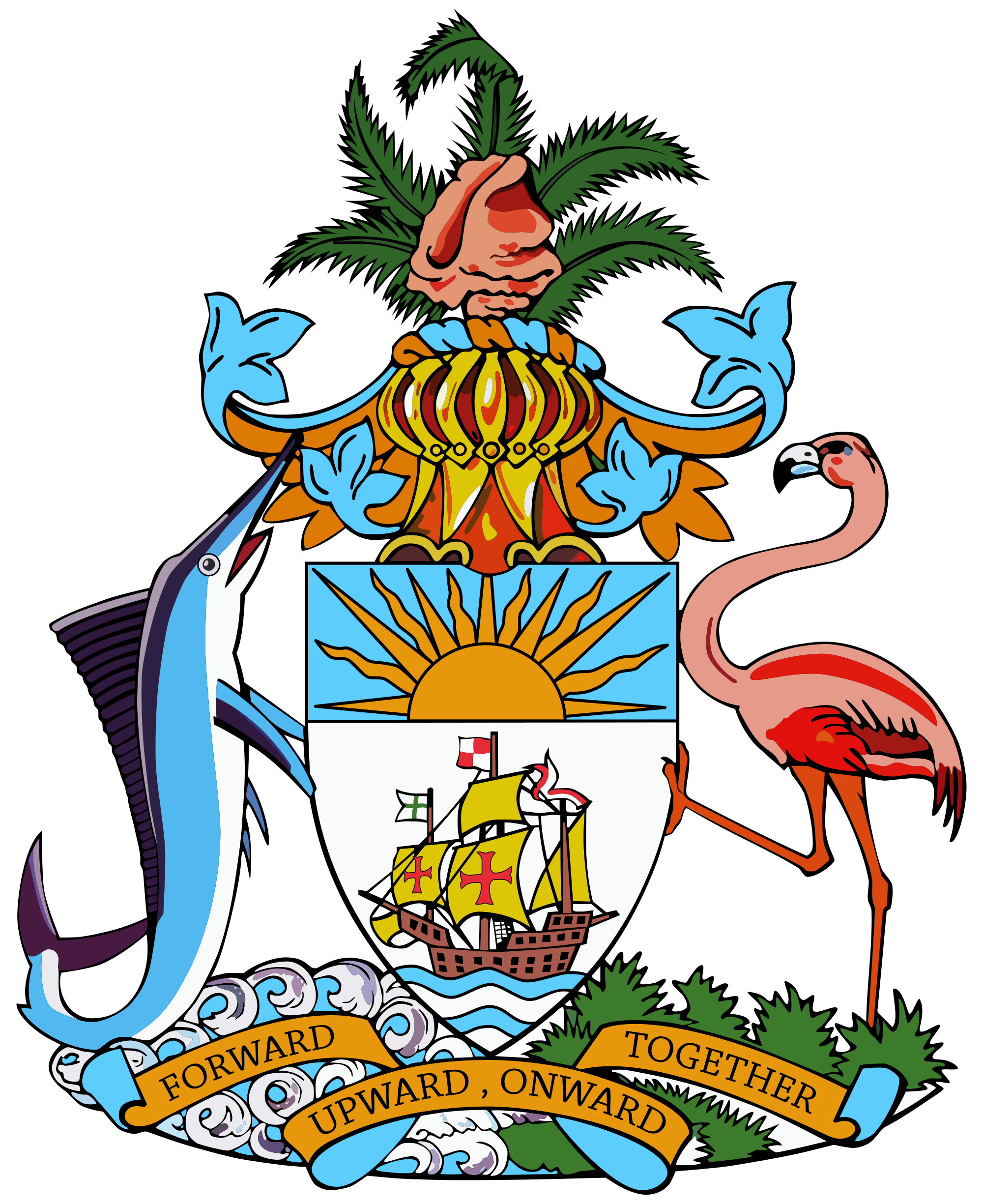The Bahamas

A collection of 700 islands to the northeast of Cuba, the colony had a very small population during the war but nevertheless sent a contingent to join the British West Indies Regiment; in total 500 men from the Bahamas served in the Regiment. Initially there was no problem in recruitment, but numbers dropped by 1917 owing to growing opposition to the war and dissatisfaction with the treatment of serving soldiers. However, numbers improved in the 1918 draft. The Bahamas also helped support the war effort in other ways, notably through the raising of funds.
At the beginning of the war, there was a danger that the numerous islands of the Bahamas could be used as a base for German vessels. This threat was confirmed by a minor incident involving HMS Suffolk, a German Liner, and SMS Karlsruhe so patrols were established around the uninhabited islands. By 1916 it was deemed that the threat from German ships had passed but the local government was still afraid of submarines and the Governor, William Allardyce, wrote to the Colonial Office to request troops and arms to repel this threat. He was particularly concerned about an attack on Nassau, the colony’s capital. The Colonial Office did not share his concerns but they still sent some weapons and ammunition to arm Allardyce’s volunteer defence force.
On the Home Front, the Bahamas were at first relatively unaffected by the war, thanks to their close links with the nearby U.S.A. However, tourism decreased and when the U.S.A. entered the war an increase in shipping prices affected exports and imports to the islands. The local sponge fishing industry was particularly badly hit as Germany was its main export market. This resulted in an increasing dissatisfaction with the war and it also meant that the colonial government was unable to fund the new draft of soldiers in 1918, thus requiring the British Government to provide the necessary money.